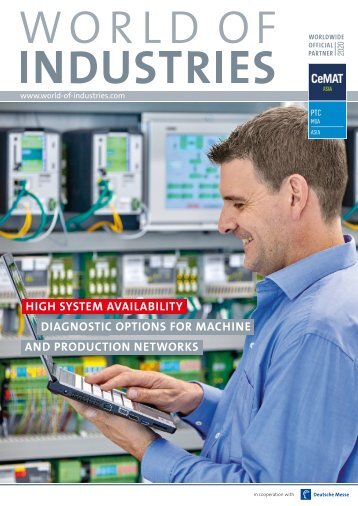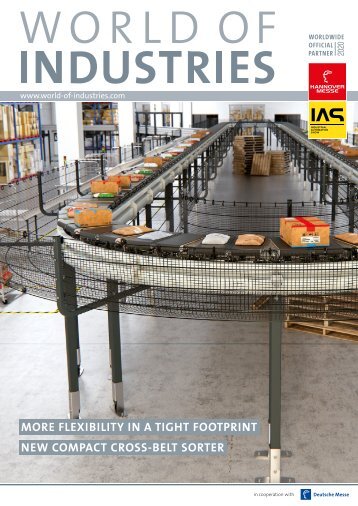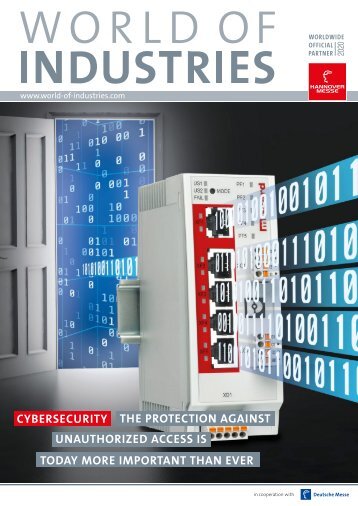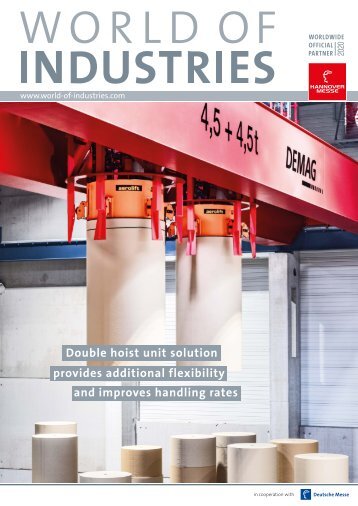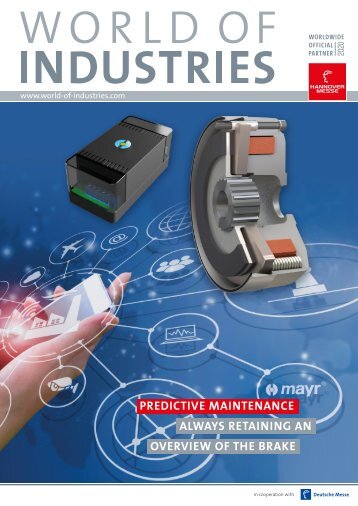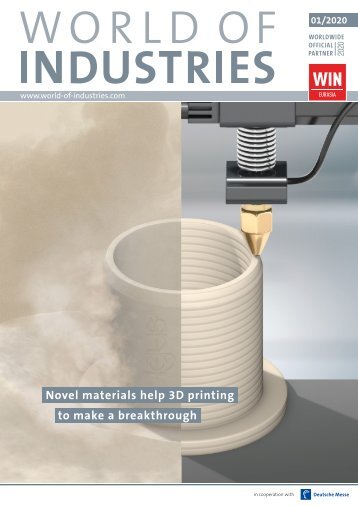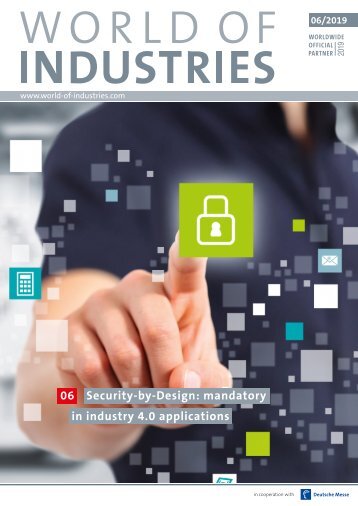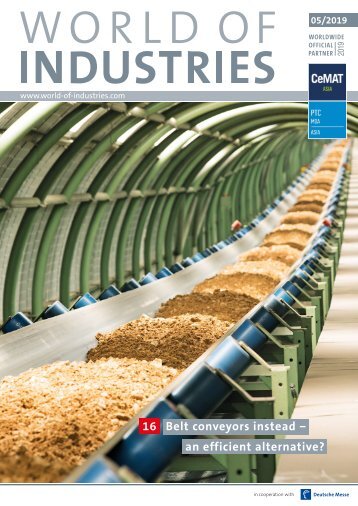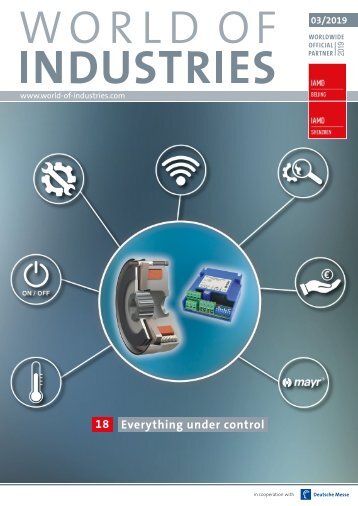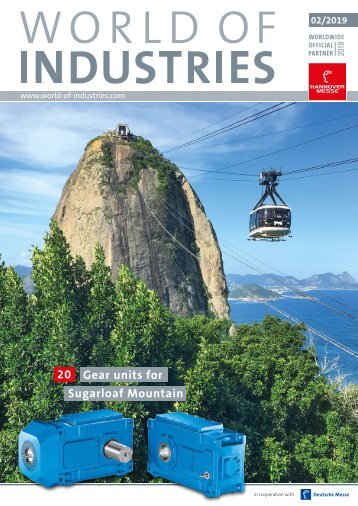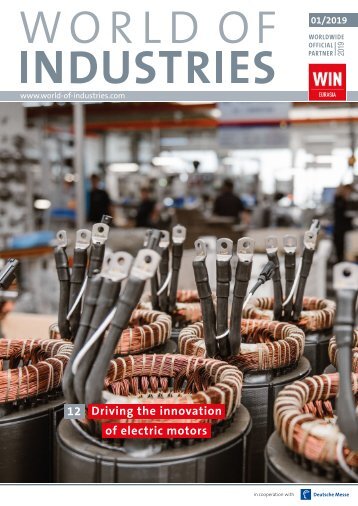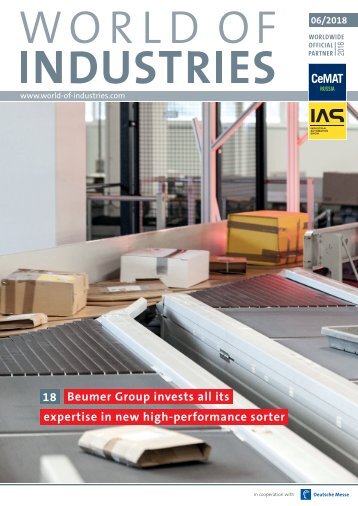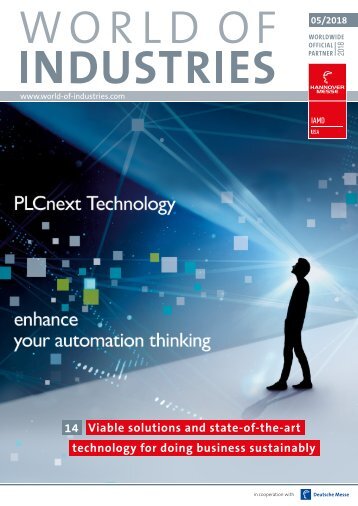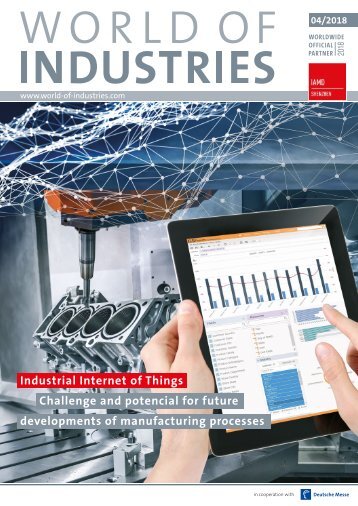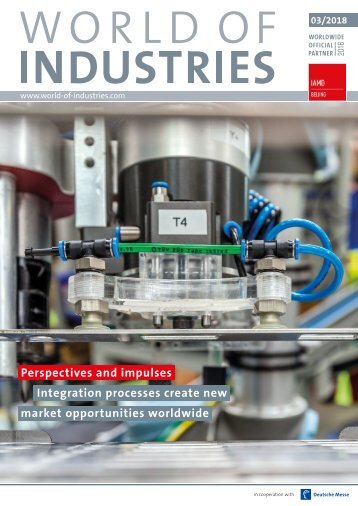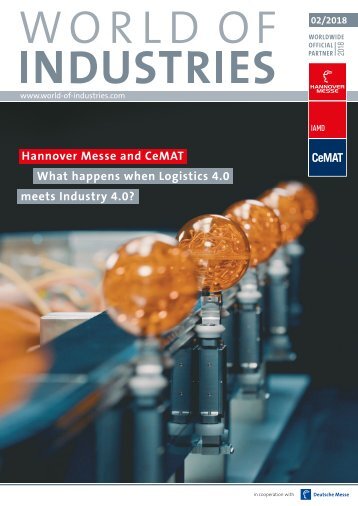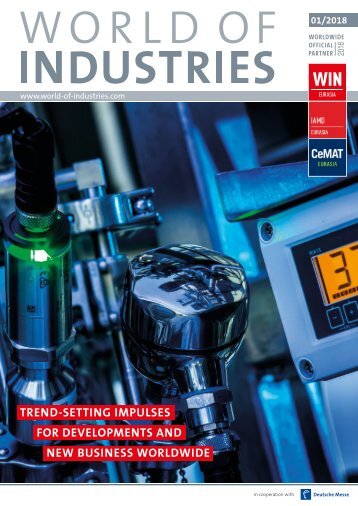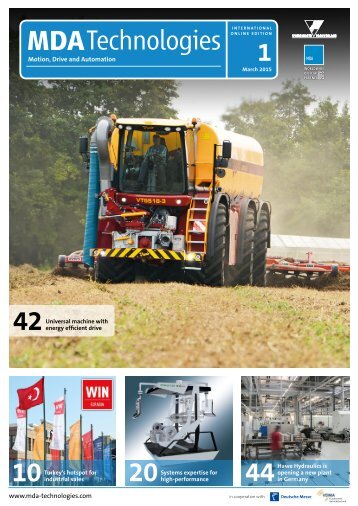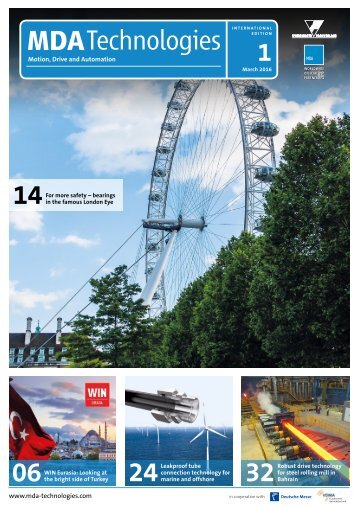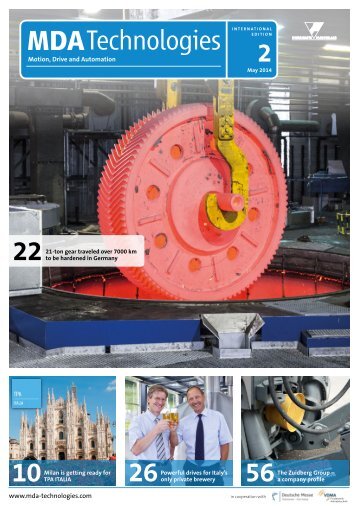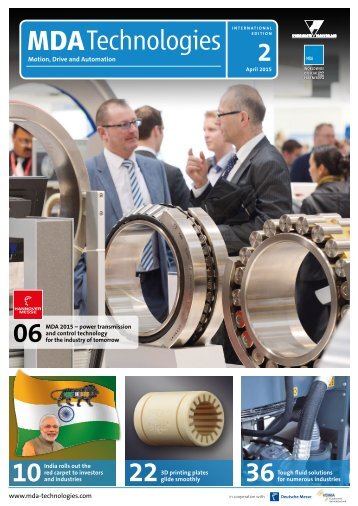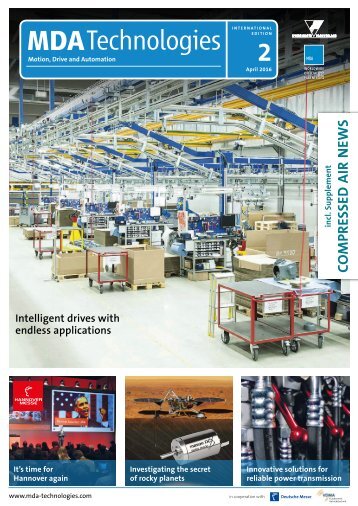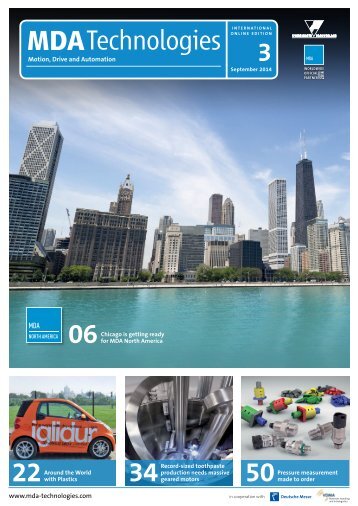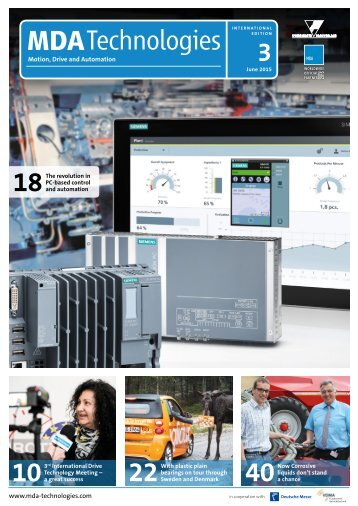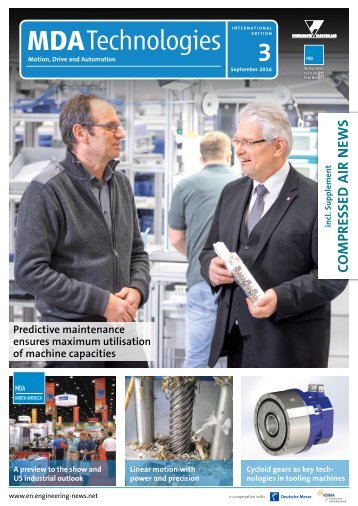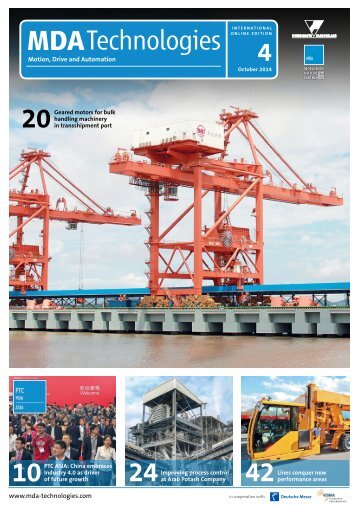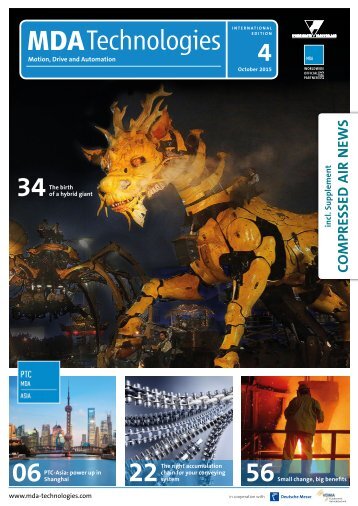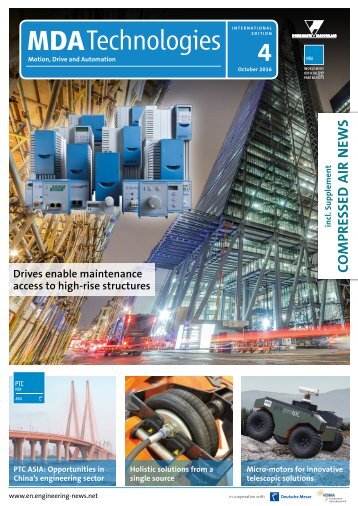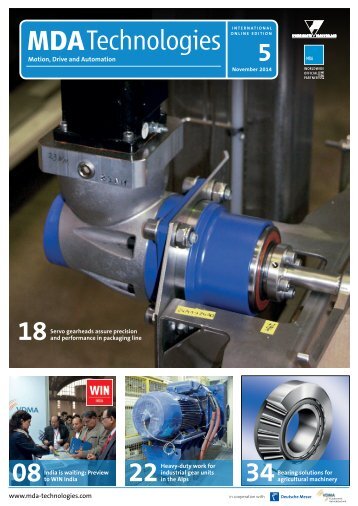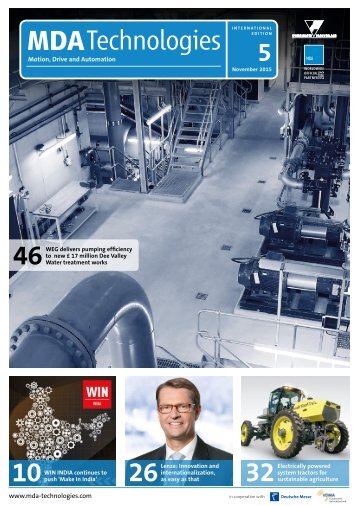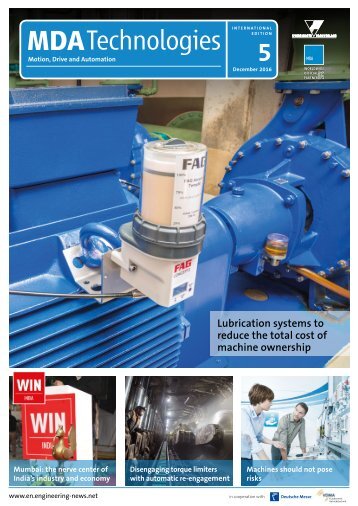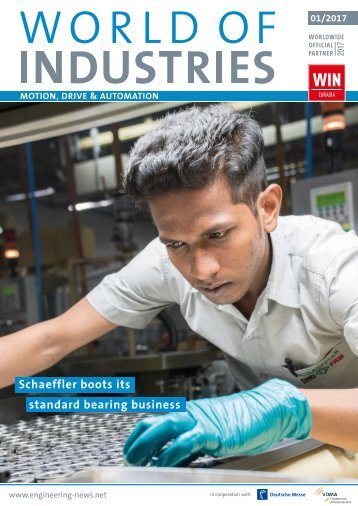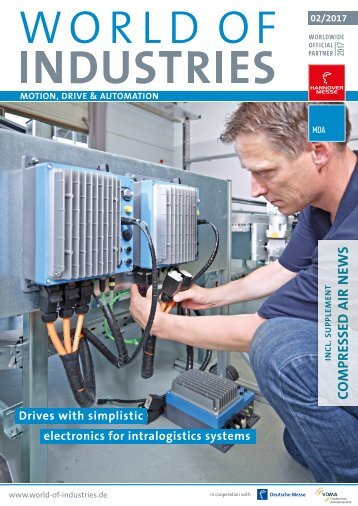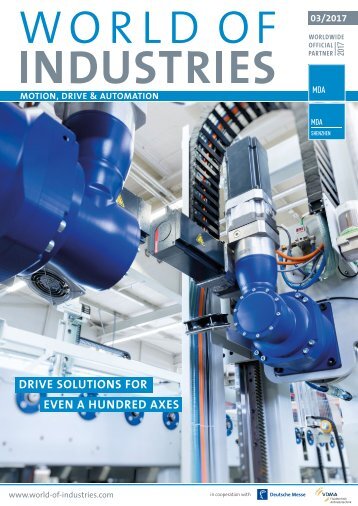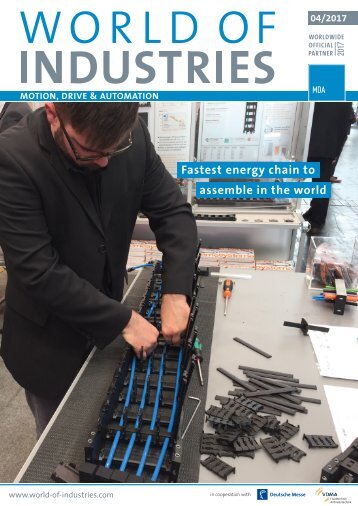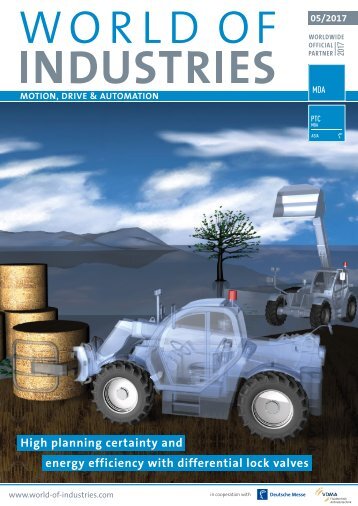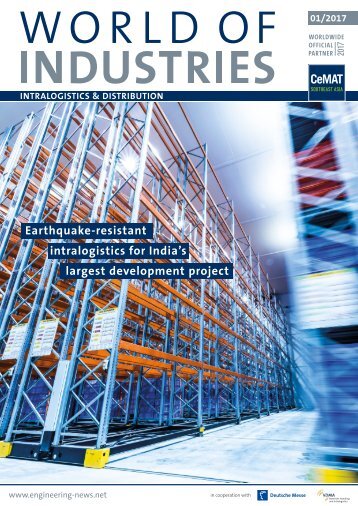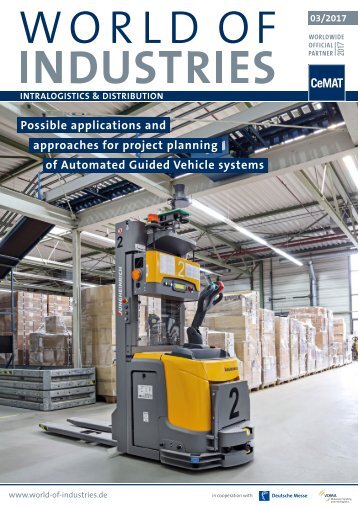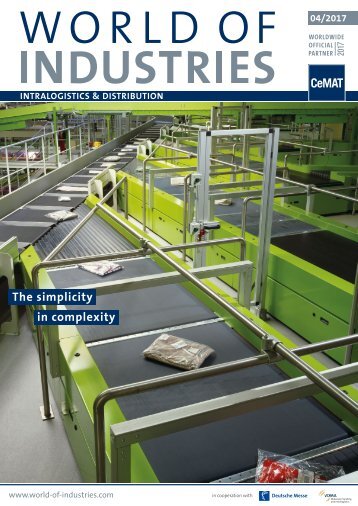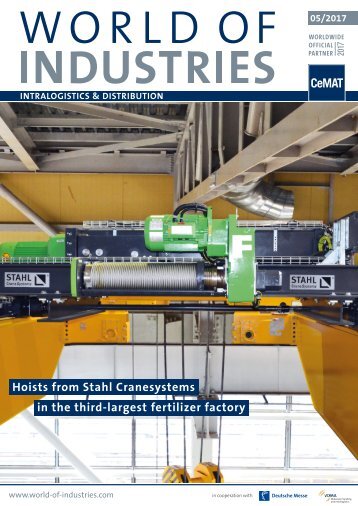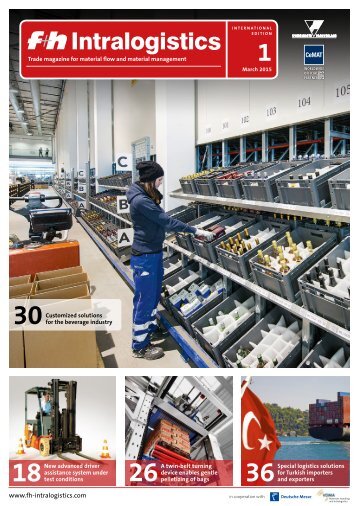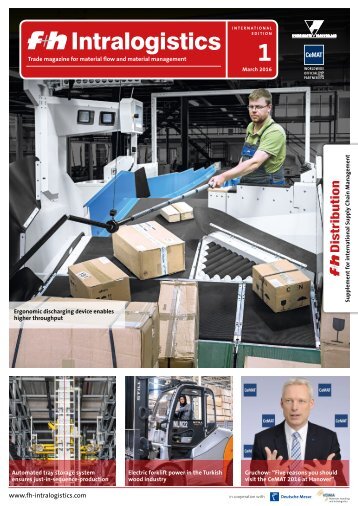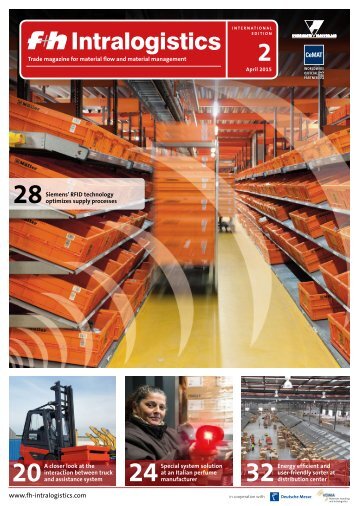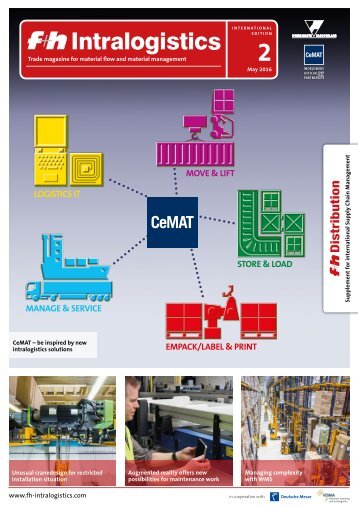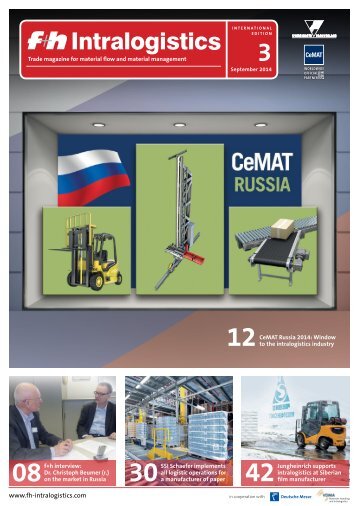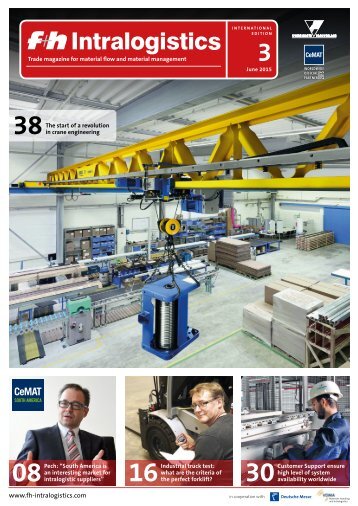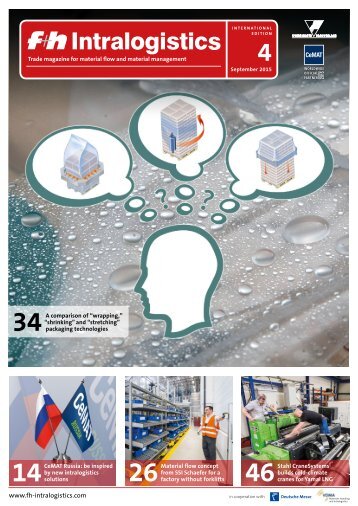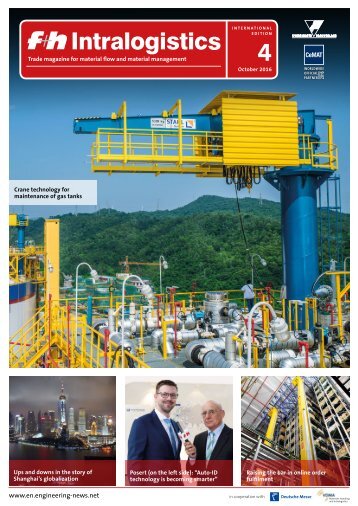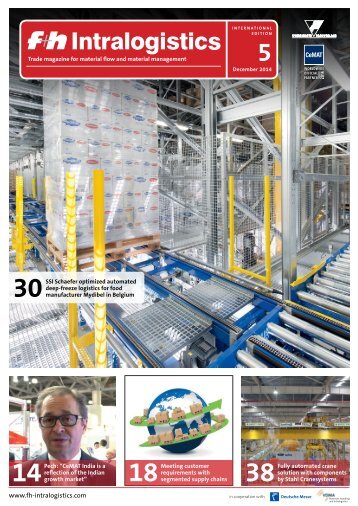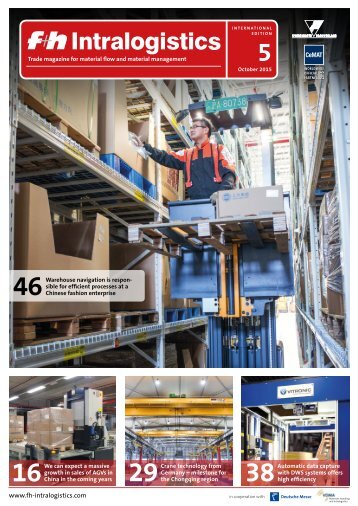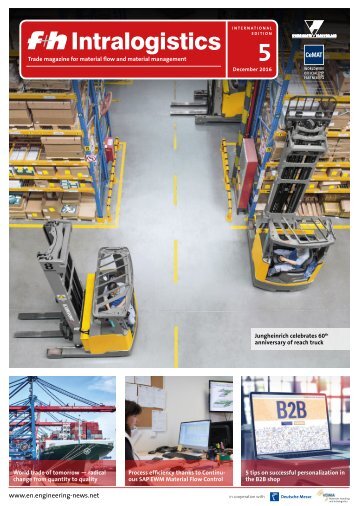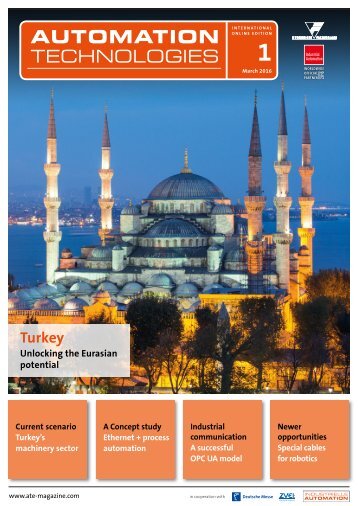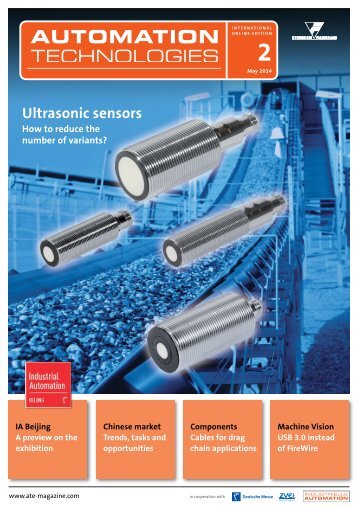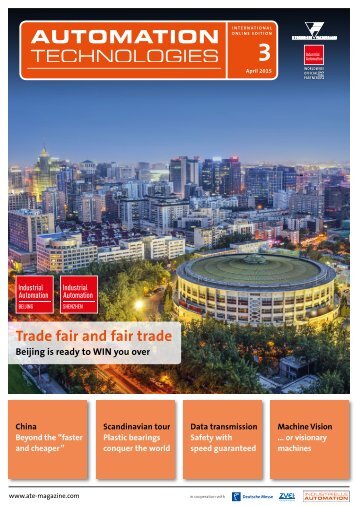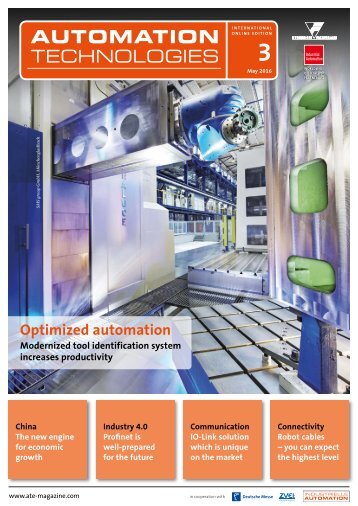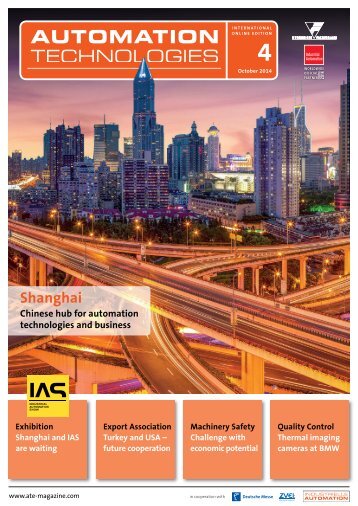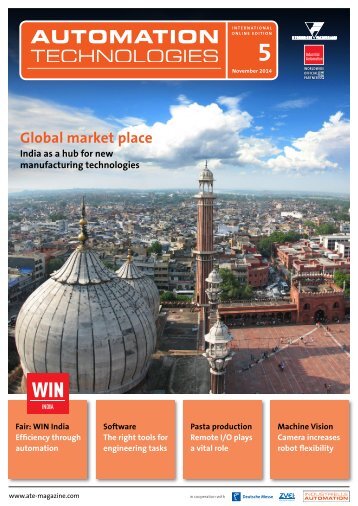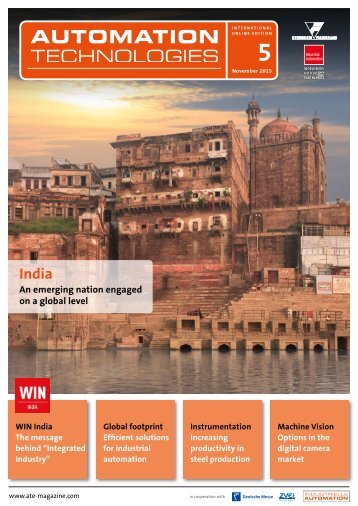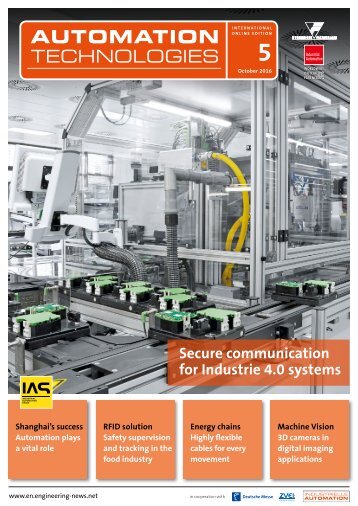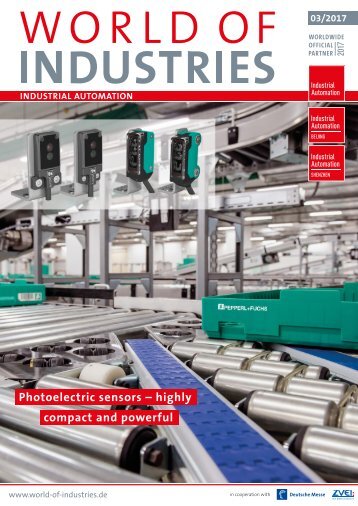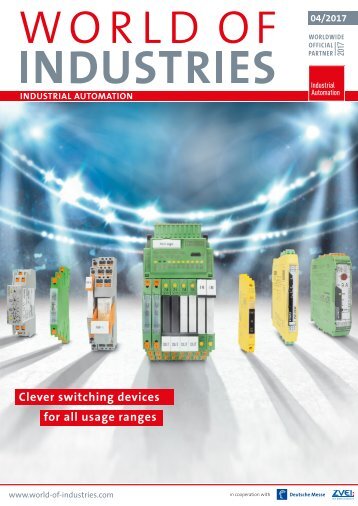Automation Technologies 4/2015
- Text
- Automation
- Technologies
INDUSTRIAL COMMUNICATION
INDUSTRIAL COMMUNICATION previous page 03 John Saw, Product marketing Director, Pepperl+Fuchs Shanghai, China 2 competing standards available: wirelessHart and ISA100. What’s more, providers of process control systems have no overriding interest in opening up their propriety systems for broad communications. Reliability and safety are crucial factors – in any case factories with potentially explosives materials and atmospheres would only be able to implement tried and tested technologies that offer high protection class. John Saw: In factory automation, Ethernet based devices are gaining popularity and are already in use in some industries. In the automotive industry, cloud based solutions are also being discussed. Remote access to devices for maintenance and diagnostics is accepted and likely to spread quickly. To enable this capability, manufacturing processes and also flexibility to quickly match consumer demands would then be guided by data. In order to implement this, a reliable means of achieving data security would be an important requirement, and solutions still need to be found in this area. In what areas do you see or expect to see a strong impetus for change? Helge Hornis: I expect to see a real breakthrough when a large internet based company comes up with an overall solution that spills over into automation market. Once the idea of the network based automation spreads in the USA, then it will be quickly implemented. John Saw: Business models relying on low wages will not work forever in China. As such companies are thinking hard on how to create more value to achieve its competitive and comparative advantage. Increasing efficiency, achieving increased flexibility and reliability, better matching consumer demands to supply through connectivity is a growing trend. Customers want comprehensive, coordinated initiatives that provide a reliable and binding framework, which is as standardized as possible. Many experts are following the discussions on industry 4.0 in Germany with great interest. Shane Parr: I see a cascade effect happening, starting in the consumer market, carrying forward to factory automation and then into process automations. What specific actions are planned at present? Shane Parr: Advanced diagnostics and predictive maintenance are the 2 keywords used in process automation. And with fieldbus our devices already provide both. However, these capabilities have yet to be integrated into each individual system with its specific standards and protocols. It is often the case that the potential of available data is not fully utilized. We are already able to implement a wealth of additional networked intelligence at plant level. Helge Hornis: With SmartBridge, we are able to offer technology that enables users to take a significant step in this direction, without needing to change the plant and process control systems. As in the case for the heating regulators controlled via smartphones, Smartbridge can be taken off the shelf and put to immediate use. It requires a minimal investment, is easy to understand, and offers a direct benefit. This is not yet industry 4.0, but it a real example of sensor technology 4.0. John Saw: Our intelligent sensors and devices already offer features of detailed diagnosis, online monitoring, fault detection for predictive maintenance and route parameterization. We are sharing more and more with our customers to better enable them to integrate these features into their applications to achieve remote access and data transparency. The Smartbridge concept is generating interest in Asia as it further bridges field sensors and devices to the industry 4.0 concept. Photographs: Pepperl + Fuchs www.pepperl-fuchs.com AUTOMATION TECHNOLOGIES 4/2015
2. RUBRIZIERUNGSEBENE I 1. RUBRIZIERUNGSEBENE AUTOMATION TECHNOLOGIES 4/2013 115
- Page 1 and 2:
INTERNATIONAL ONLINE EDITION 4 Octo
- Page 3 and 4:
EDITORIAL China’s progress in aut
- Page 5 and 6:
COLOMBIA SLOVAKIA TABLE OF CONTENT
- Page 7 and 8:
Endress+Hauser acquisitions in Colu
- Page 9 and 10:
How to assess image quality? Images
- Page 11 and 12:
2. RUBRIZIERUNGSEBENE I 1. RUBRIZIE
- Page 13 and 14:
AUTOMATION TECHNOLOGIES The product
- Page 15 and 16:
NEWS AND MARKETS change of China fr
- Page 17 and 18:
ead article AUTOMATION TECHNOLOGIES
- Page 19 and 20:
AUTOMATION TECHNOLOGIES video fair
- Page 21 and 22:
NEWS AND MARKETS next page China is
- Page 23 and 24:
AUTOMATION TECHNOLOGIES read articl
- Page 25 and 26:
NEWS AND MARKETS the Ruhr area with
- Page 27 and 28:
AUTOMATION TECHNOLOGIES read articl
- Page 29 and 30:
AUTOMATION TECHNOLOGIES read articl
- Page 31 and 32:
ead article AUTOMATION TECHNOLOGIES
- Page 33 and 34:
ead article AUTOMATION TECHNOLOGIES
- Page 35 and 36:
ead article AUTOMATION TECHNOLOGIES
- Page 37 and 38:
ead article AUTOMATION TECHNOLOGIES
- Page 39 and 40:
AUTOMATION TECHNOLOGIES read articl
- Page 41 and 42:
ead article AUTOMATION TECHNOLOGIES
- Page 43 and 44:
ead article AUTOMATION TECHNOLOGIES
- Page 45 and 46:
ead article AUTOMATION TECHNOLOGIES
- Page 47 and 48:
ead article AUTOMATION TECHNOLOGIES
- Page 49 and 50:
ead article
- Page 51 and 52:
AUTOMATION TECHNOLOGIES Products un
- Page 53 and 54: ead article
- Page 55 and 56: ead article AUTOMATION TECHNOLOGIES
- Page 57 and 58: ead article AUTOMATION TECHNOLOGIES
- Page 59 and 60: Kyland Technology’s new series of
- Page 61 and 62: China’s progress in automation ED
- Page 63 and 64: NEWS AND MARKETS dustrial transform
- Page 65 and 66: NEWS AND MARKETS Seminars, workshop
- Page 67 and 68: NEWS AND MARKETS machinery that inc
- Page 69 and 70: NEWS AND MARKETS impacts does this
- Page 71 and 72: NEWS AND MARKETS next page Why are
- Page 73 and 74: NEWS AND MARKETS features of the pr
- Page 75 and 76: Endress+Hauser training rig provide
- Page 77 and 78: SENSORS AND MEASUREMENT At the end
- Page 79 and 80: SENSORS AND MEASUREMENT characteris
- Page 81 and 82: SENSORS AND MEASUREMENT next page O
- Page 83 and 84: SENSORS AND MEASUREMENT 50 ms or mo
- Page 85 and 86: SENSORS AND MEASUREMENT means that
- Page 87 and 88: CONTROL AND DRIVE TECHNOLOGY n Adop
- Page 89 and 90: CONTROL AND DRIVE TECHNOLOGY Real t
- Page 91 and 92: CONTROL AND DRIVE TECHNOLOGY LCA Au
- Page 93 and 94: CONTROL AND DRIVE TECHNOLOGY comple
- Page 95 and 96: Harzer Antriebstechnik GmbH Harzer
- Page 97 and 98: CONTROL AND DRIVE TECHNOLOGY next p
- Page 99 and 100: CONTROL AND DRIVE TECHNOLOGY cates
- Page 101 and 102: 02 The display integrated in the co
- Page 103: INDUSTRIAL COMMUNICATION Product Ma
- Page 107 and 108: INDUSTRIAL COMMUNICATION next page
- Page 109 and 110: SLOVAKIA 2. RUBRIZIERUNGSEBENE I 1.
- Page 111 and 112: COMPONENTS AND SOFTWARE Simulating
- Page 113 and 114: COMPONENTS AND SOFTWARE plug-in uni
- Page 115 and 116: MACHINE VISION needs to be replaced
- Page 117 and 118: MACHINE VISION 01 Combining thermal
- Page 119: MACHINE VISION TG165 thermal imagin
Inappropriate
Loading...
Mail this publication
Loading...
Embed
Loading...

